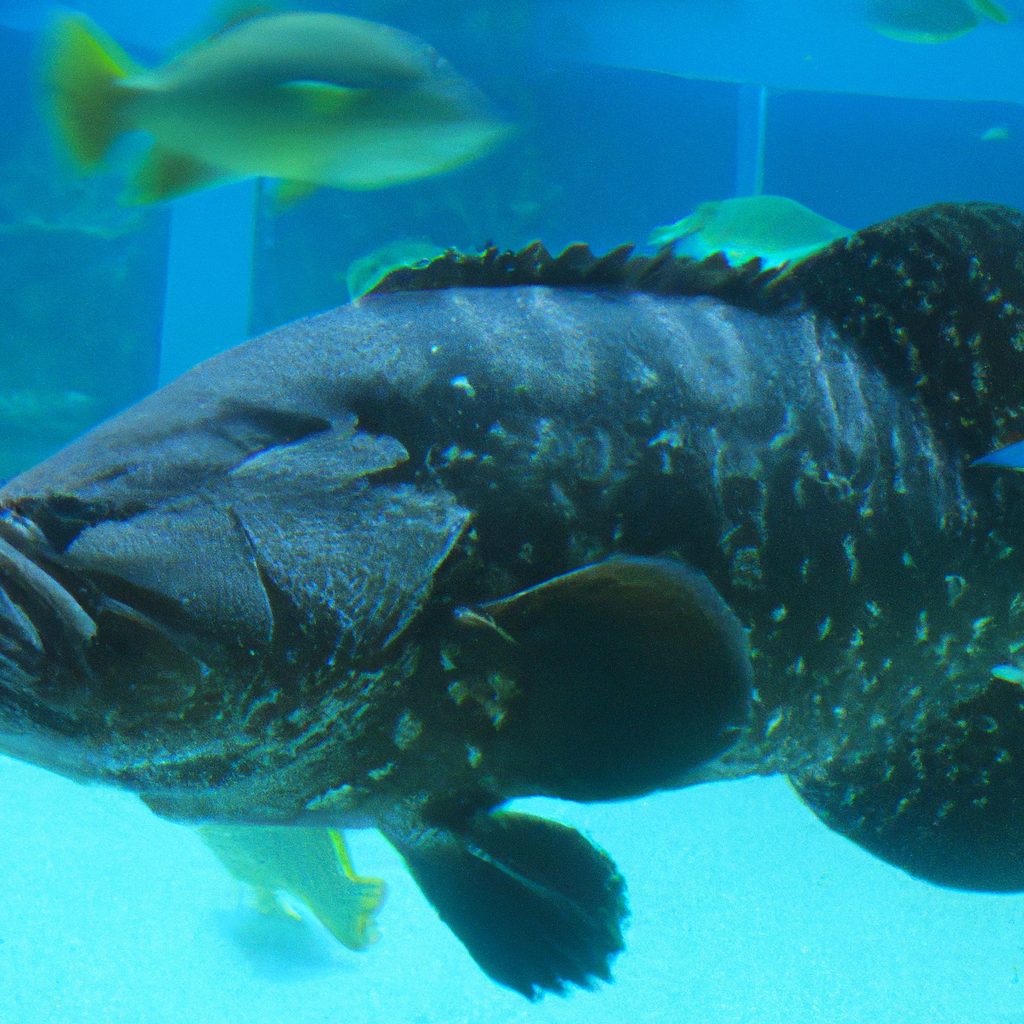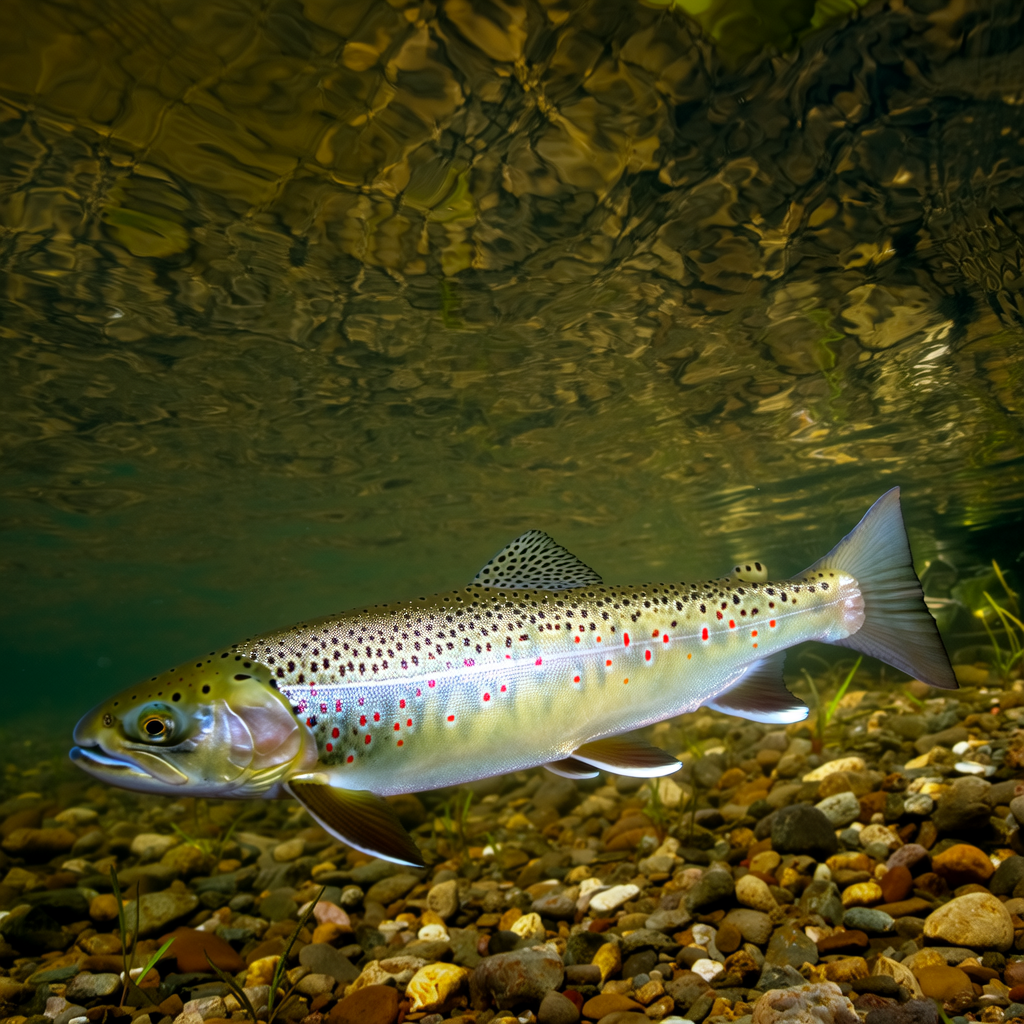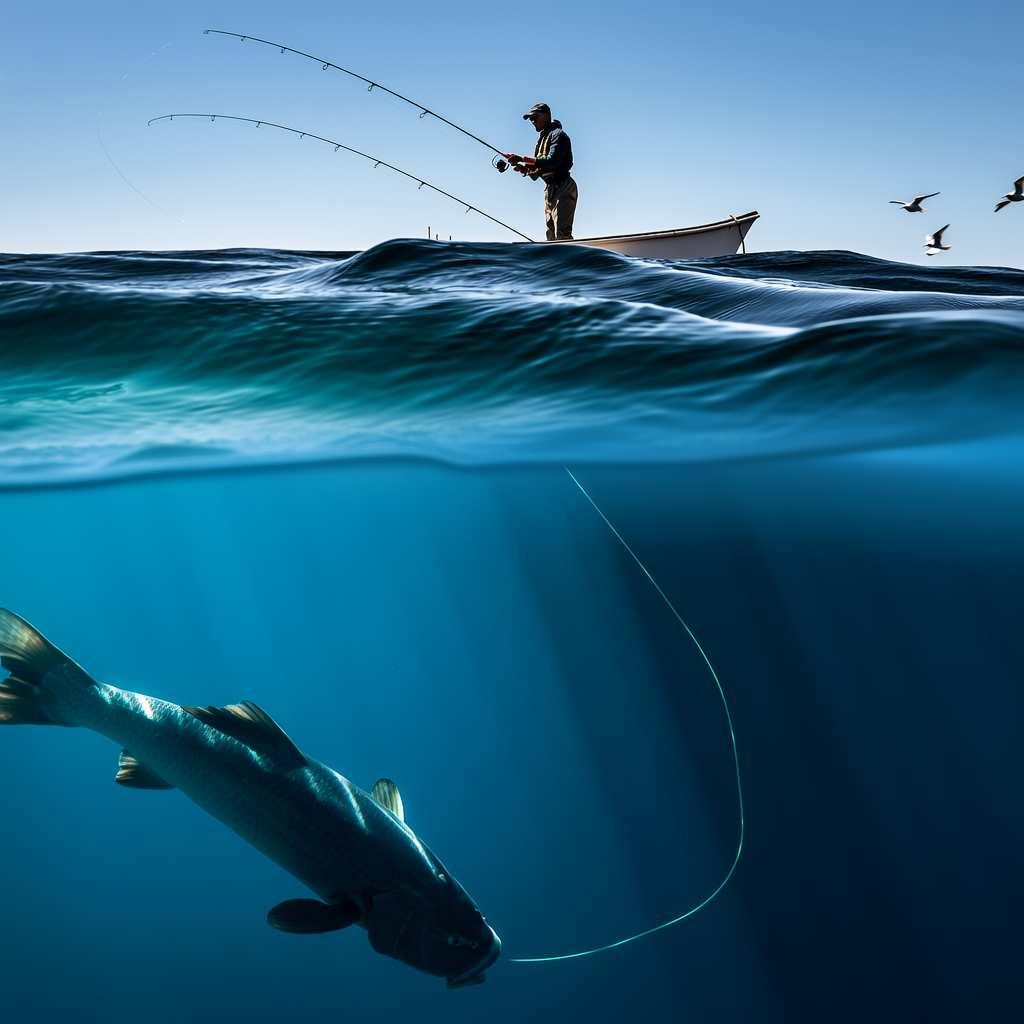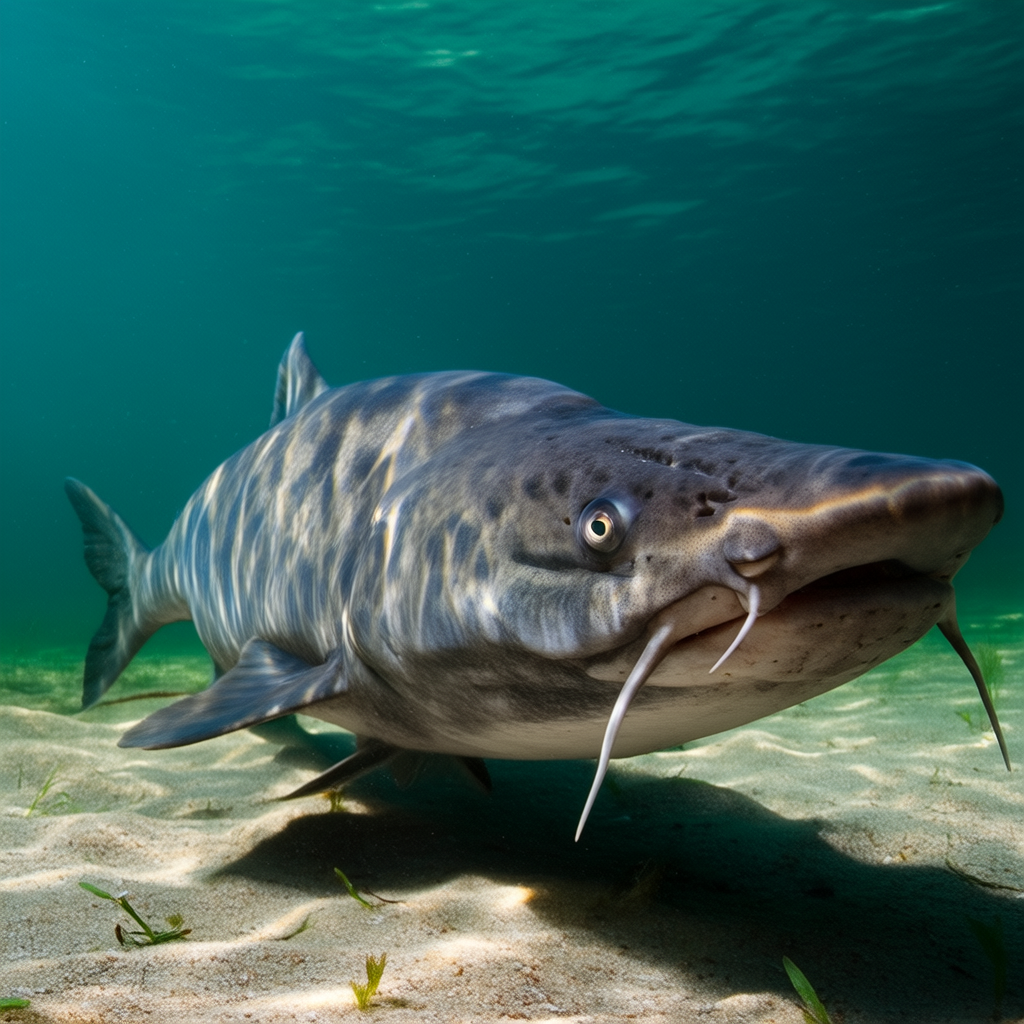The giant grouper, also known as Epinephelus languidulatus, is one of the most fascinating marine species. This majestic creature, the largest bony species in the world can grow to over 8 feet and weigh up to 800 pounds. The giant grouper, which is native to the Indo-Pacific coral reefs, has many names including the Queensland grouper and the brown spotted cod.
Physical Characteristics
The giant grouper has a broad, flat, and massive jaw. It is a striking sight. It has a cream-colored underbelly, yellow to green fins, and large, irregular spots on its skin. The tail of the giant grouper is square and short in comparison to other grouper species. Males also have a distinct bulge on their heads.
Their jaws are powerful enough to allow them to swallow their prey whole. Their teeth are powerful enough to crush spines, shells and other hard parts in their diet.
Distribution and Habitat
The giant grouper can be found in the Indo-Pacific region including the Red Sea and South Africa. It is also found on the coasts of India, Sri Lanka and Southeast Asia, all the way up to the Great Barrier Reef in Australia. These magnificent fish prefer shallow coral reefs that are warm and have plenty of hiding spots. They also find a variety of prey.
Due to their size and voraciousness, giant groupers are overfished in some areas. They are now a vulnerable species. They were once a target for commercial and recreational fishers, and their meat was highly valued in certain cultures.
Nutrition and Diet
The giant grouper, a carnivorous species, feeds primarily on other fish such as reef fishes, giant trevallys, barracudas, and small sharks. They also eat octopuses and turtles. They ambush and swallow their prey whole, using their powerful jaws.
The giant grouper has been observed to be opportunistic. This means that it will eat what is available in its habitat. They have been seen regularly visiting areas where fisherman discard their offcuts or other food waste.
Behavior and Social Structure
New research shows that they are social creatures. During the day they tend to form small groups that are usually made up of one male and a few females. These groups are usually found near their preferred feeding areas.
They become more solitary at night and seek out their own hiding spots and feeding opportunities. Giant groupers do not swim fast and prefer to wait for their prey before striking.
Reproduction and Life Cycle
Giant groupers will migrate to spawning groups when they reach sexual maturity, which is usually between four and six years of age. Males gather in groups and make “booming sounds” to attract females. Once a female chooses a male to lay her eggs with, several males will spawn next to them.
The larvae of giant grouper float in the ocean currents for several weeks, before they settle into their new habitat. Their larvae are carried over long distances by oceanic currents. This is why their distribution is so wide.
Conservation Status and Threats
The International Union for Conservation of Nature has listed giant groupers as “vulnerable”, due to their slow reproduction rate and the heavy pressure of fishing they face. Their meat is a delicacy and fetches premium prices in some markets.
Habitat destruction is also a threat to giant groupers, due to climate change and human encroachment. Coral reefs are disappearing at an alarming pace, and scientists predict they will cease to be in existence within a few decades if nothing is taken to protect them.
Conclusion
The giant grouper is an amazing creature, both because of its size and because of its fascinating behavior. Scientists and conservationists work hard to raise public awareness about the plight of this species and find ways to preserve it for future generations. By learning more about giant grouper, and the important role it plays in the oceans, we can make positive steps to create a more sustainable marine ecosystem for all.




